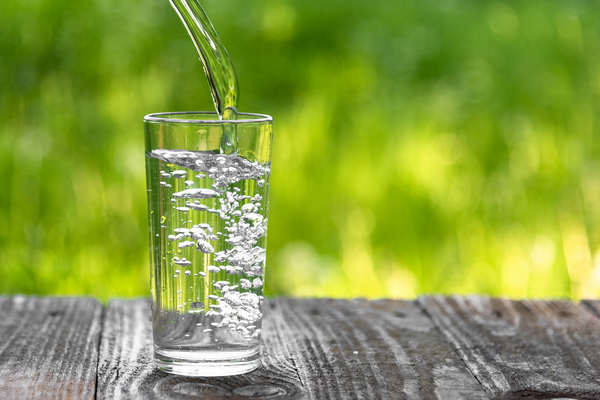1. Types of waste water and their composition, sewage waste water. Organics in waters. Biodegradability of organic compounds.Water Act.
2. Technological lines of large, medium and small wastewater treatment plants. Mechanical cleaning, rough pre-cleaning.
3. Settling, settling and thickening tanks technological parameters. Settlement tanks.
4. Aerobic blended mixed-fluid culture, growth and multiplication of microorganisms, growth curve.
5. Activation process, activated sludge. Kinetics of organic matter removal from waste water by mixed culture.
6. Basic methods of cultivation of mixed culture, hydraulic characteristics of activation tanks. Main technological modifications of activation.
7. The most important technological parameters of activation. Factors affecting the cleansing effect of activation.
8. Oxygen consumption for activation, oxygen transfer to water. Oxygenation capacity, types of aerators.
9. Biological removal of nitrogen from wastewater, nitrification, denitrification.
10. Biological removal of phosphorus from waste water, chemical removal of phosphorus.
11. Theory of biofilm processes. Biological columns, rotary biofilm reactors, reactors with combined biomass cultivation.
12. Theory of anaerobic cleaning. Comparison of aerobic and anaerobic processes. anaerobic wastewater treatment
13. Anaerobic stabilization of sewage sludge, reactors, stabilization products. Sludge and its processing.
2. Technological lines of large, medium and small wastewater treatment plants. Mechanical cleaning, rough pre-cleaning.
3. Settling, settling and thickening tanks technological parameters. Settlement tanks.
4. Aerobic blended mixed-fluid culture, growth and multiplication of microorganisms, growth curve.
5. Activation process, activated sludge. Kinetics of organic matter removal from waste water by mixed culture.
6. Basic methods of cultivation of mixed culture, hydraulic characteristics of activation tanks. Main technological modifications of activation.
7. The most important technological parameters of activation. Factors affecting the cleansing effect of activation.
8. Oxygen consumption for activation, oxygen transfer to water. Oxygenation capacity, types of aerators.
9. Biological removal of nitrogen from wastewater, nitrification, denitrification.
10. Biological removal of phosphorus from waste water, chemical removal of phosphorus.
11. Theory of biofilm processes. Biological columns, rotary biofilm reactors, reactors with combined biomass cultivation.
12. Theory of anaerobic cleaning. Comparison of aerobic and anaerobic processes. anaerobic wastewater treatment
13. Anaerobic stabilization of sewage sludge, reactors, stabilization products. Sludge and its processing.
